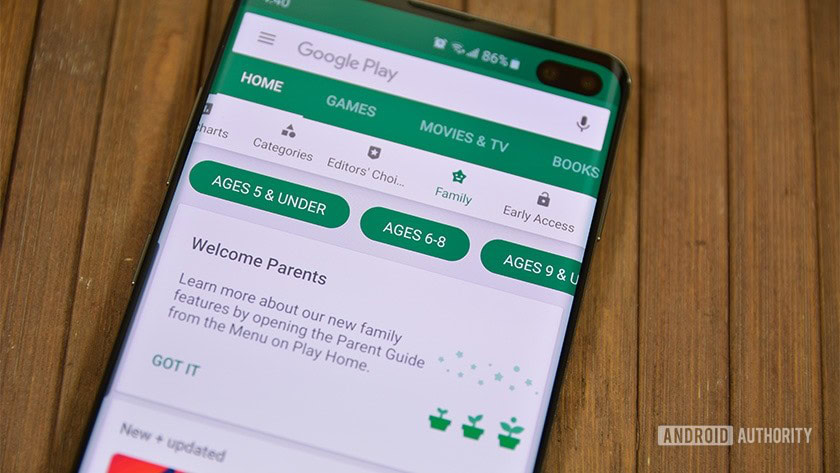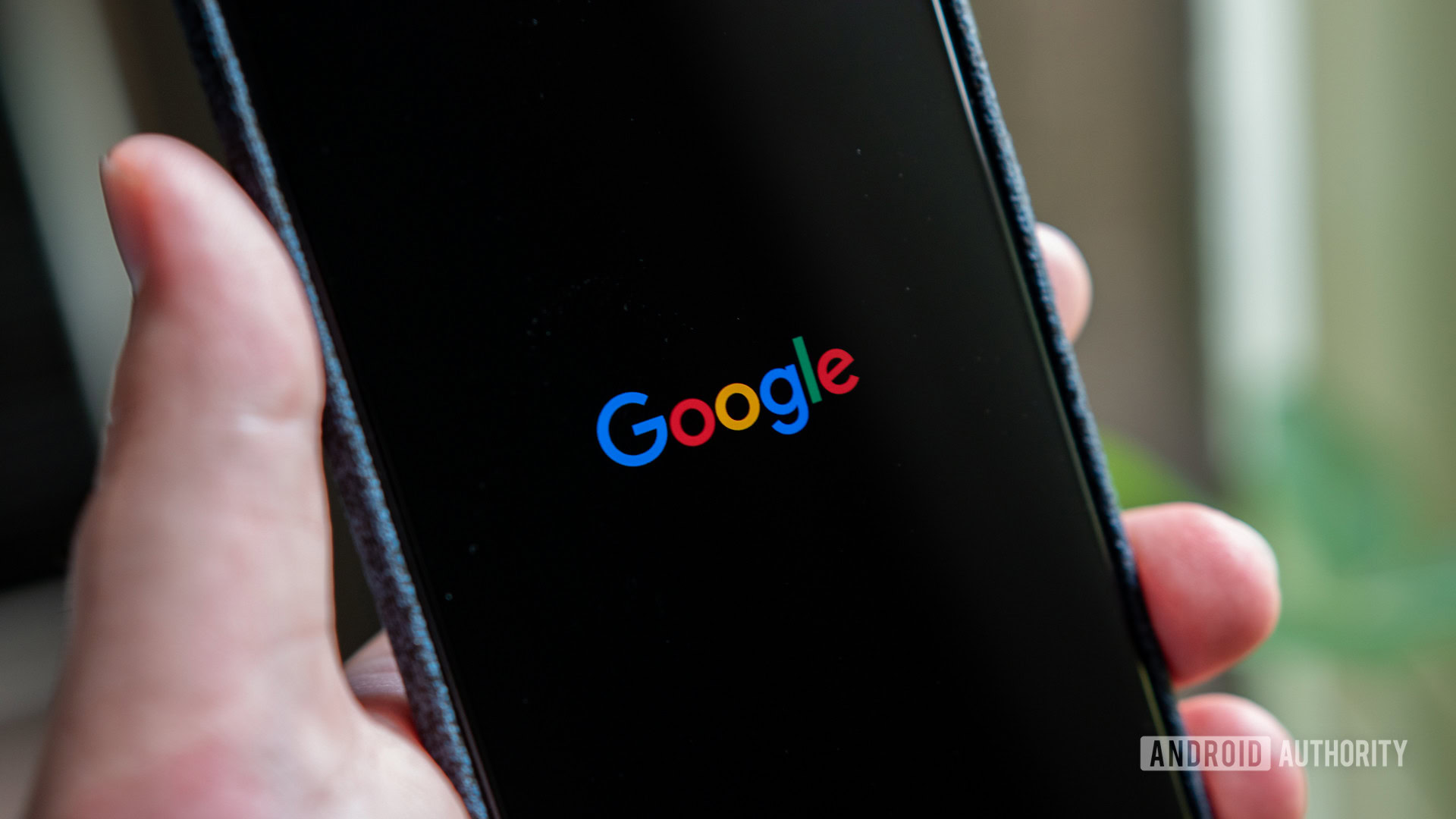Affiliate links on Android Authority may earn us a commission. Learn more.
Android 10 is out, but history says you likely won't get it for ages
Published onSeptember 3, 2019

After numerous previews over the months, Google has finally launched the stable version of Android 10. The update brings a host of features, ranging from smart reply to a dark mode and more.
But the unfortunate truth is that Android 10 is unlikely to hit even half of all users’ smartphones 12 months from now. Sure, if you bought a Pixel smartphone you’re in luck, but history tells us that the vast majority of users will be in for a long wait (if they get it at all). Even major flagship users will likely find themselves waiting until 2020.
Google’s own Android distribution dashboard reported that Android Pie was only available on 10.4 percent of smartphones in May 2019. Android Pie launched in August 2018.
Meanwhile, Android Oreo’s distribution was sitting at a measly 28 percent, according to the dashboard. Android Oreo first launched in August 2017 — almost two years ago at the time the data was released.
A question of security too
The lack of updates isn’t merely a case of missing new features either (although that is pretty important), according to Sam Bakken, senior product marketing manager at security firm OneSpan.
“Many malware and mobile vulnerabilities are enabled by older versions of Android, and even though Android 10 comes with updated security features, many consumers won’t be able to access them because their carrier or device manufacturer will not distribute the updated OS,” Bakken noted in an emailed press statement.
The tardy update process means businesses and financial institutions can’t simply trust that the Android ecosystem will protect their apps, the executive says.

Thankfully, Google has taken action on the security front to a large extent, announcing its Project Mainline initiative earlier this year. The initiative will allow some security updates to be delivered via the Google Play Store, bypassing carriers and other entities in the process.
Unfortunately, some essential security patches will still need to be delivered via the system update process, potentially leaving a gap in coverage for those with older OS versions. Don’t have Android 10? Well, you’re not getting Project Mainline and therefore won’t receive these patches via the Play Store.
“A potential hindrance though is that only Android 10 users will benefit from the feature. And so now we’re back where we started, if a device manufacturer no longer supports a device with updates, that device won’t upgrade to Android 10 and is in the same position,” Bakken tells Android Authority.
He adds that it might take a year or two for Android 10 to be the most popular update, so Project Mainline’s effect won’t be felt by the majority of users until then.
Are things improving?

There are several factors to blame for lagging adoption, such as carriers failing to push the updates out in time, older phones that have been abandoned by manufacturers, and brands simply being too lazy to support their devices.
Google hasn’t been sitting still though, introducing Project Treble on Android Oreo to facilitate easier system updates (in addition to Project Mainline). It looks like the initiative has worked to a large extent, reducing the time it takes for manufacturers to update their devices according to our own analysis.
The company has also been expanding its Android preview program in a bid to give users a taste of the latest update — a likely side-effect of Project Treble.

But aside from Google and Essential (which only has one phone anyway), we’re not seeing day-one or even week one adoption of new Android updates.
The fastest brand to deliver Android Oreo was Sony, taking 63 days to issue a stable Oreo update to one of its phones. Things improved with Android Pie, but top-placed Nokia still took 53 days to issue a stable Pie updates to one of its phones.
In other words, even though Android 10 is out right now, the vast majority of people will likely need to wait over a month to get it. And that’s if they’re lucky enough to get the update in the first place.
Do you keep system updates in mind when buying a smartphone? Give us your thoughts in the comments section!